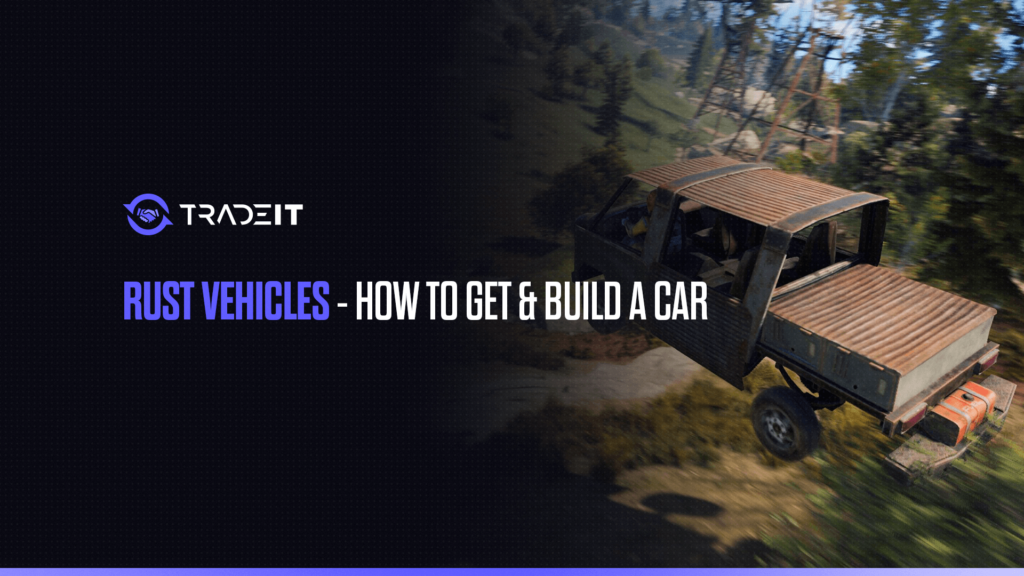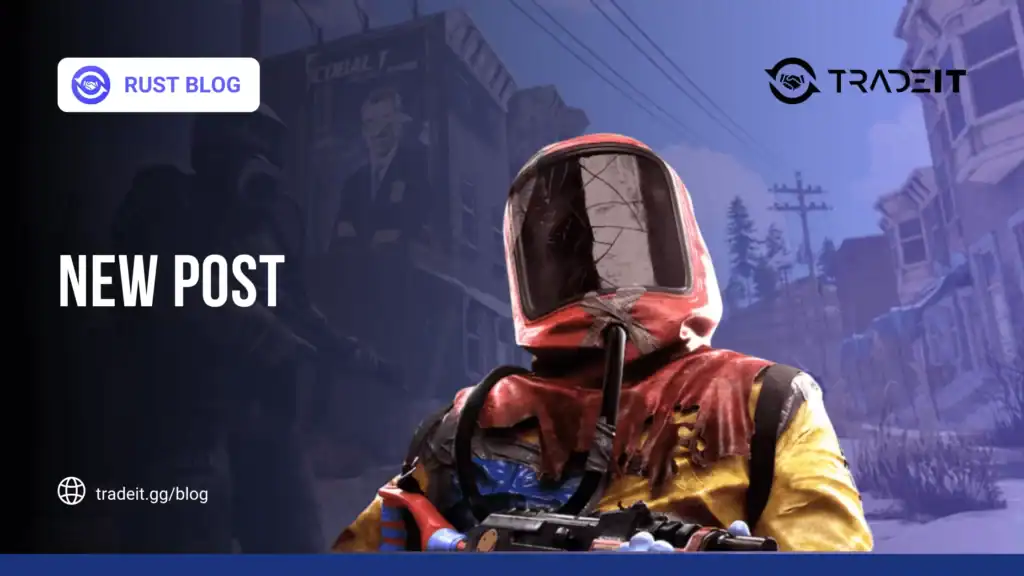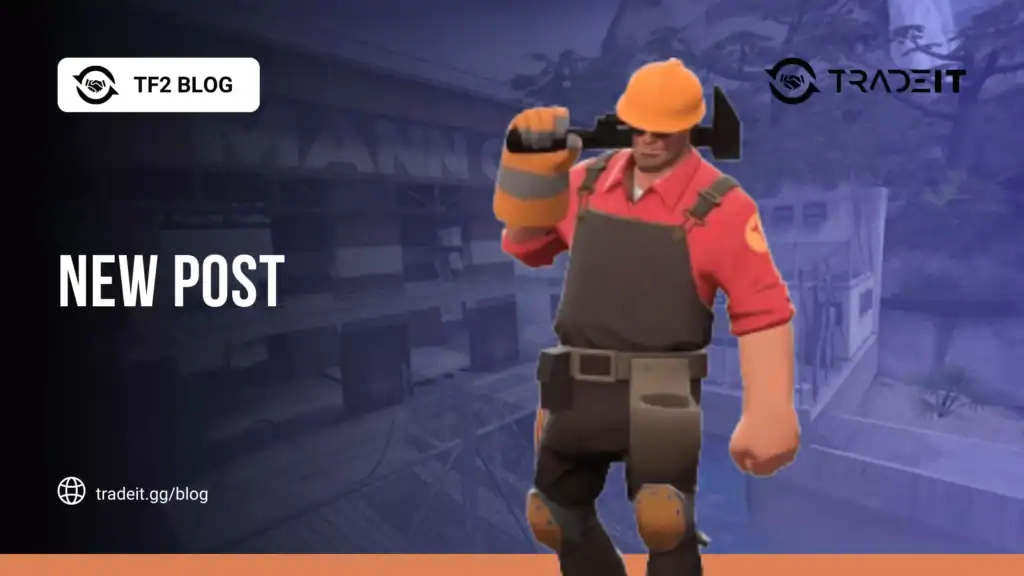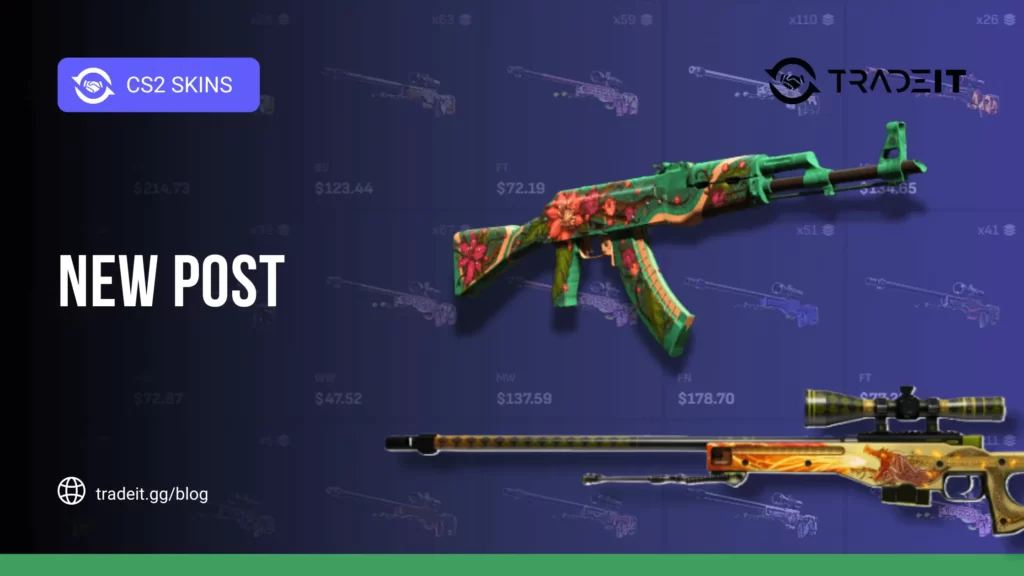In Rust, transportation plays a vital role in traversing the vast landscape, collecting resources, and outrunning enemies. Among the available options, modular vehicles are a popular and versatile choice for players looking to dominate the roads.
This guide will cover everything you need to know about getting and building a car in Rust, from acquiring chassis and modules to maintaining and optimizing your vehicle.
Key Takeaways
- In Rust, you can build your own car and gain a huge mobility boost.
How to Get a Vehicle in Rust
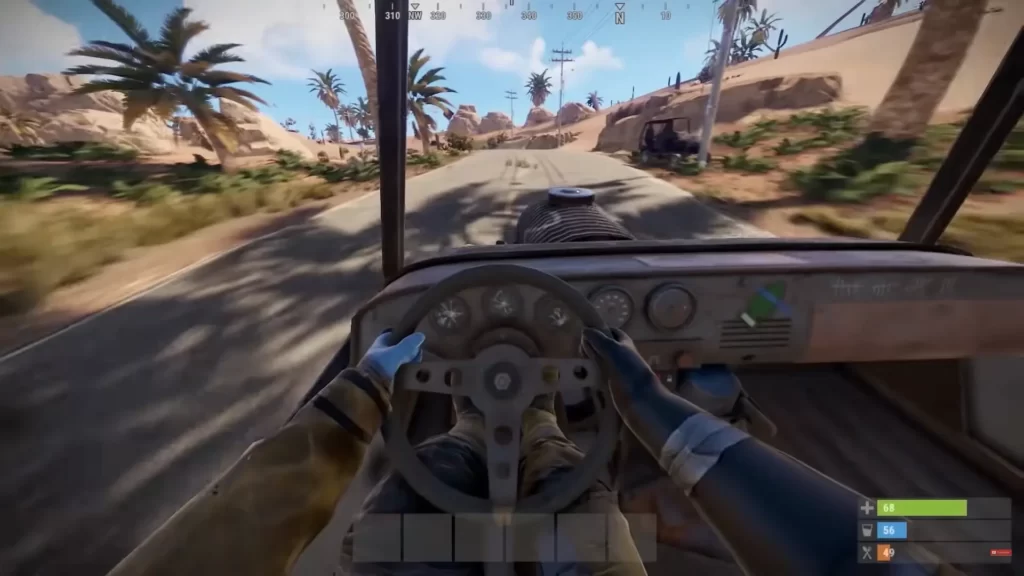
Vehicles in Rust are not pre-assembled. Instead, they are modular, allowing players to customize them based on their specific needs. To start building a car, you’ll first need to locate a vehicle chassis.
Finding a Chassis
- Abandoned Vehicles: Scattered around the map, abandoned vehicles can be found at roadside locations or near monuments. These vehicles can be claimed and repaired to make them functional.
- Bandit Camp Purchases: You can buy vehicle chassis directly from the Bandit Camp. This method guarantees access to the chassis without the hassle of scavenging, though it requires scrap for the purchase.
The type of chassis you select will determine the size and module capacity of your vehicle. There are three types:
- Small Chassis: Holds up to two modules.
- Medium Chassis: Holds up to three modules.
- Large Chassis: Holds up to four modules.
Building Your Car
Once you’ve acquired a chassis, it’s time to customize and assemble your car. This process requires a vehicle lift, which can be crafted or found in garages. Here are the steps to build your car:
1. Place Your Chassis on a Vehicle Lift
Using the lift ensures you can work on your car without interruptions. Vehicle lifts can be powered with electricity, so make sure you’ve set up the necessary wiring.
2. Add Modules
Modules are the building blocks of your car, determining its functionality and utility. Some common modules include:
- Cockpit Module: Required for driving the vehicle; seats one or two players.
- Storage Module: Adds additional inventory space for carrying resources or loot.
- Engine Module: Houses the engine parts needed to power the vehicle.
- Flatbed Module: Allows players to transport other players, animals, or items.
Modules can be found in scrap piles or purchased from outposts. They snap onto the chassis in designated slots.
3. Install Engine Parts
To make your vehicle operational, you’ll need to assemble an engine. Engines are built using a combination of parts that influence the vehicle’s performance. These parts include:
- Pistons
- Spark Plugs
- Crankshaft
- Valves
- Carburetor
Each part has quality levels (low, medium, high) that affect the car’s speed, fuel efficiency, and durability. High-quality parts are harder to find but offer significant performance benefits.
4. Fuel Up
Cars in Rust run on low-grade fuel, which can be crafted from animal fat and cloth or looted from barrels and crates. Add fuel to the engine’s fuel tank to power your vehicle.
Maintaining Your Vehicle
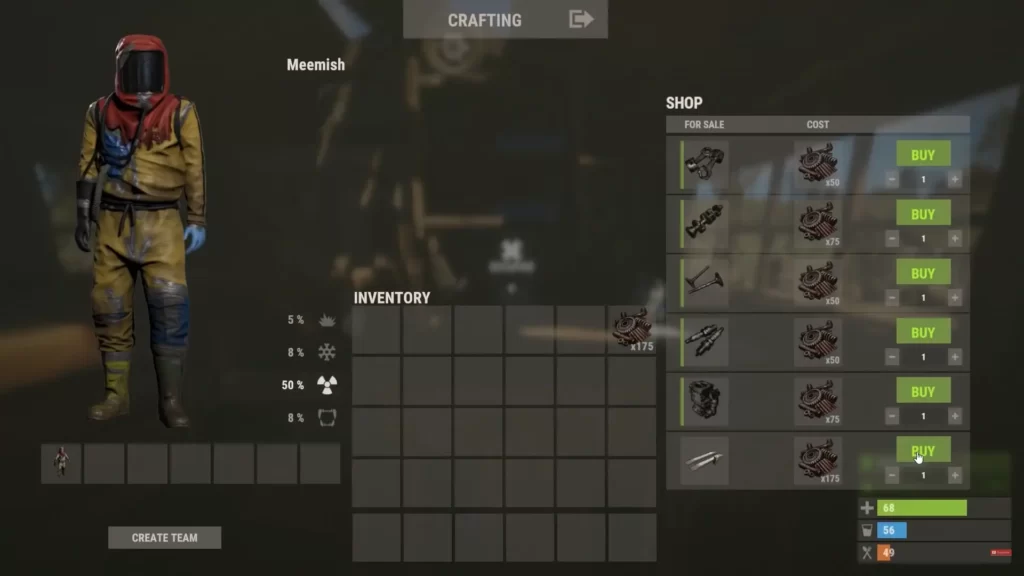
Vehicles in Rust require regular maintenance to keep them operational. Here are some tips for ensuring your car remains in top shape:
- Repair Damage: Use a hammer and metal fragments to repair minor damage to the chassis and modules. Heavily damaged vehicles may require more extensive repairs.
- Replace Worn Engine Parts: Over time, engine parts will degrade and need replacement. Always carry spare parts, especially during long trips.
- Protect Your Vehicle: Build a garage or storage area to shield your car from weather damage and theft by other players. A garage door can provide added security.
Tips for Using Cars in Rust
- Plan Your Route: Vehicles are best suited for open areas and roads. Avoid rough terrain or dense forests, which can damage your car or slow you down.
- Travel Prepared: Bring spare fuel, repair materials, and tools to address unexpected issues during your journey.
- Use Cars Strategically: Cars are excellent for resource runs, PvP engagements, and quick escapes. However, they can also attract attention due to their noise, so use them wisely.
- Team Coordination: Larger vehicles with multiple modules are ideal for groups, allowing teammates to take on specific roles, such as navigation, repair, or combat.
Advanced Customizations
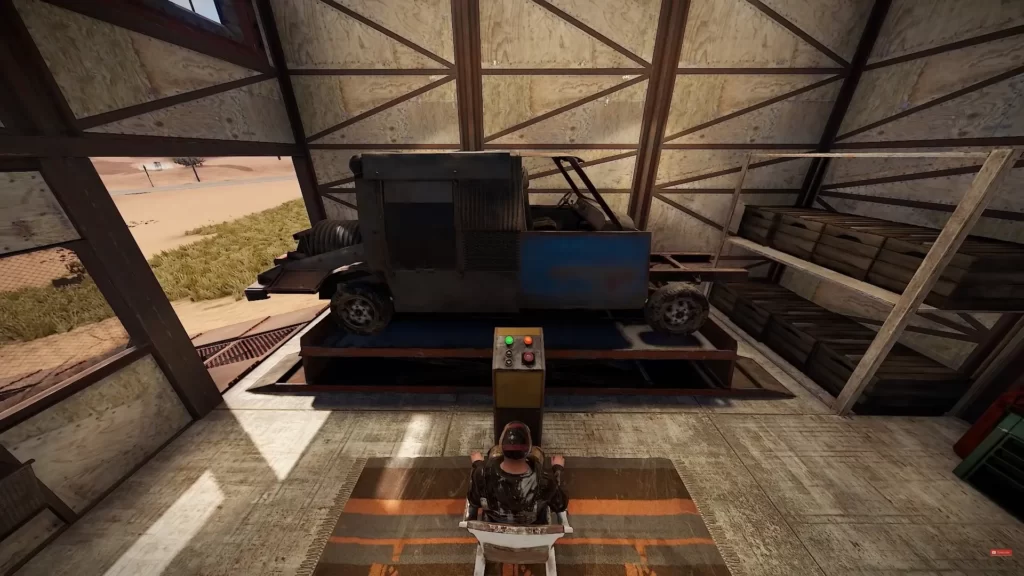
For players looking to enhance their vehicles further, there are additional options:
- Armored Modules: Add durability and protection against gunfire and explosions, ideal for PvP scenarios.
- Lighting and Accessories: Equip headlights for nighttime travel or horns to communicate with teammates.
- Decals and Paint: Customize your vehicle’s appearance to make it uniquely yours.
Summary
Building and using a car in Rust is both a practical and rewarding experience, offering unparalleled mobility and utility. By understanding how to acquire, customize, and maintain vehicles, players can gain a significant edge in both survival and combat.
Frequently Asked Questions
Yes, you can.
You can build them if you have the necessary components.


